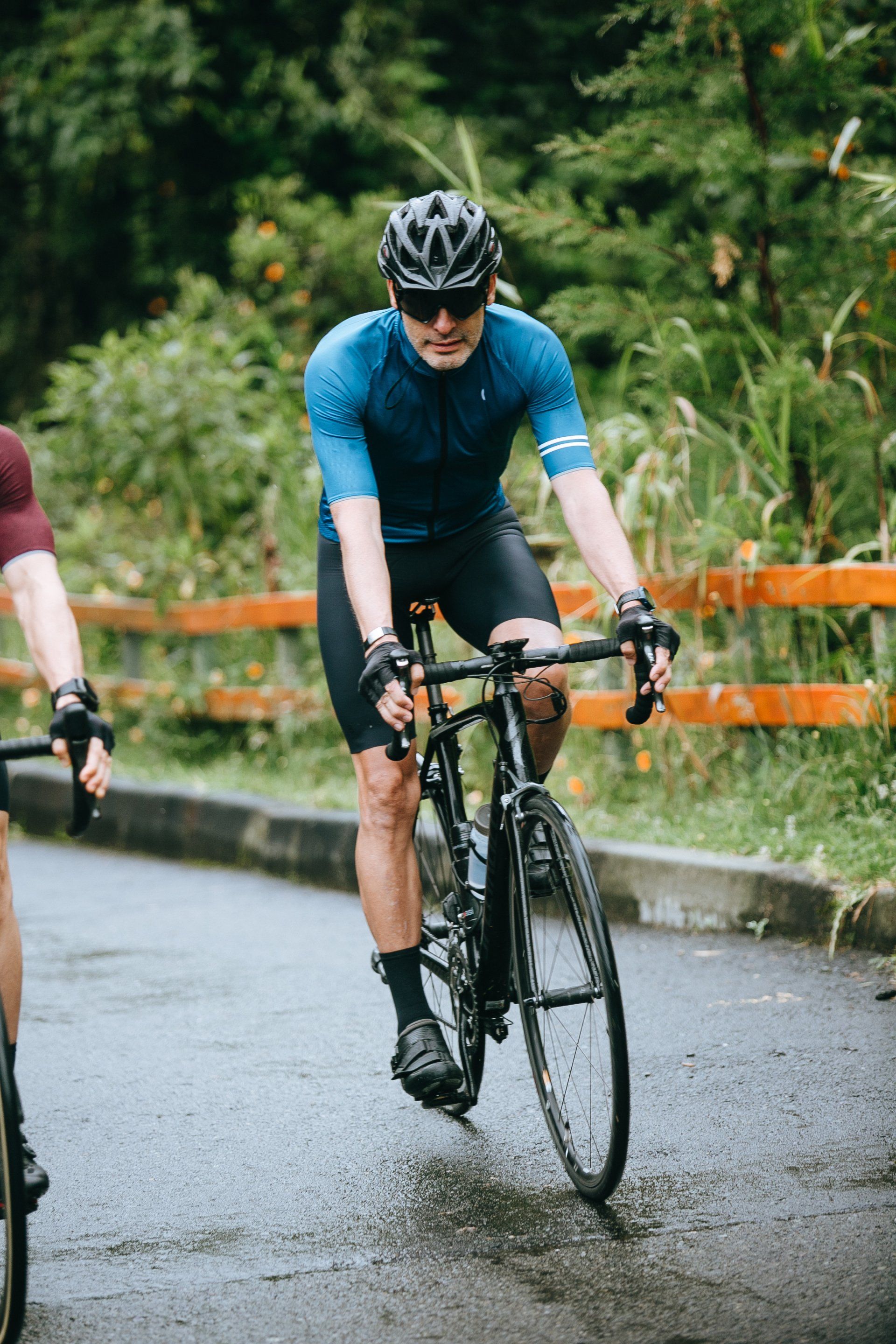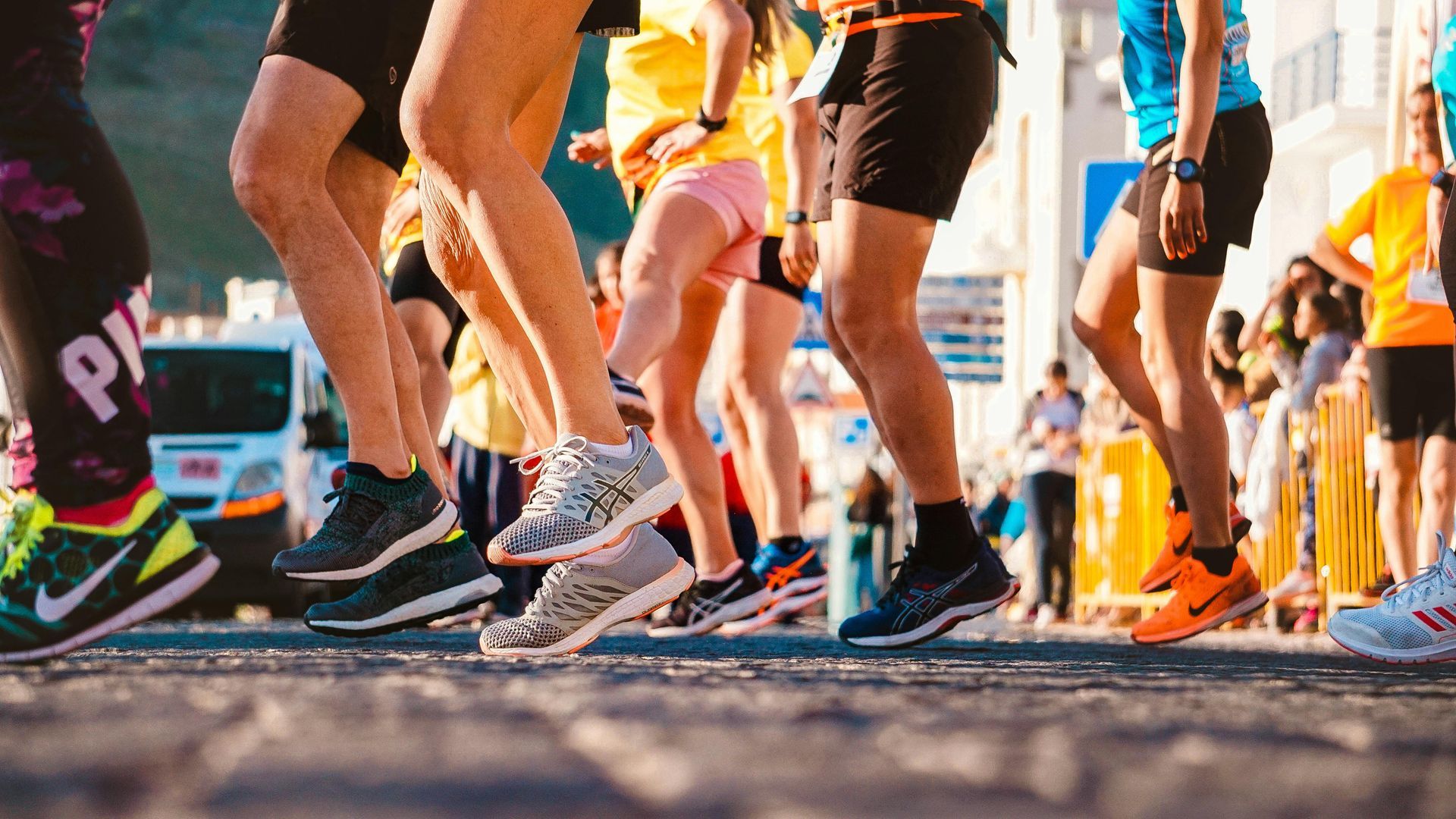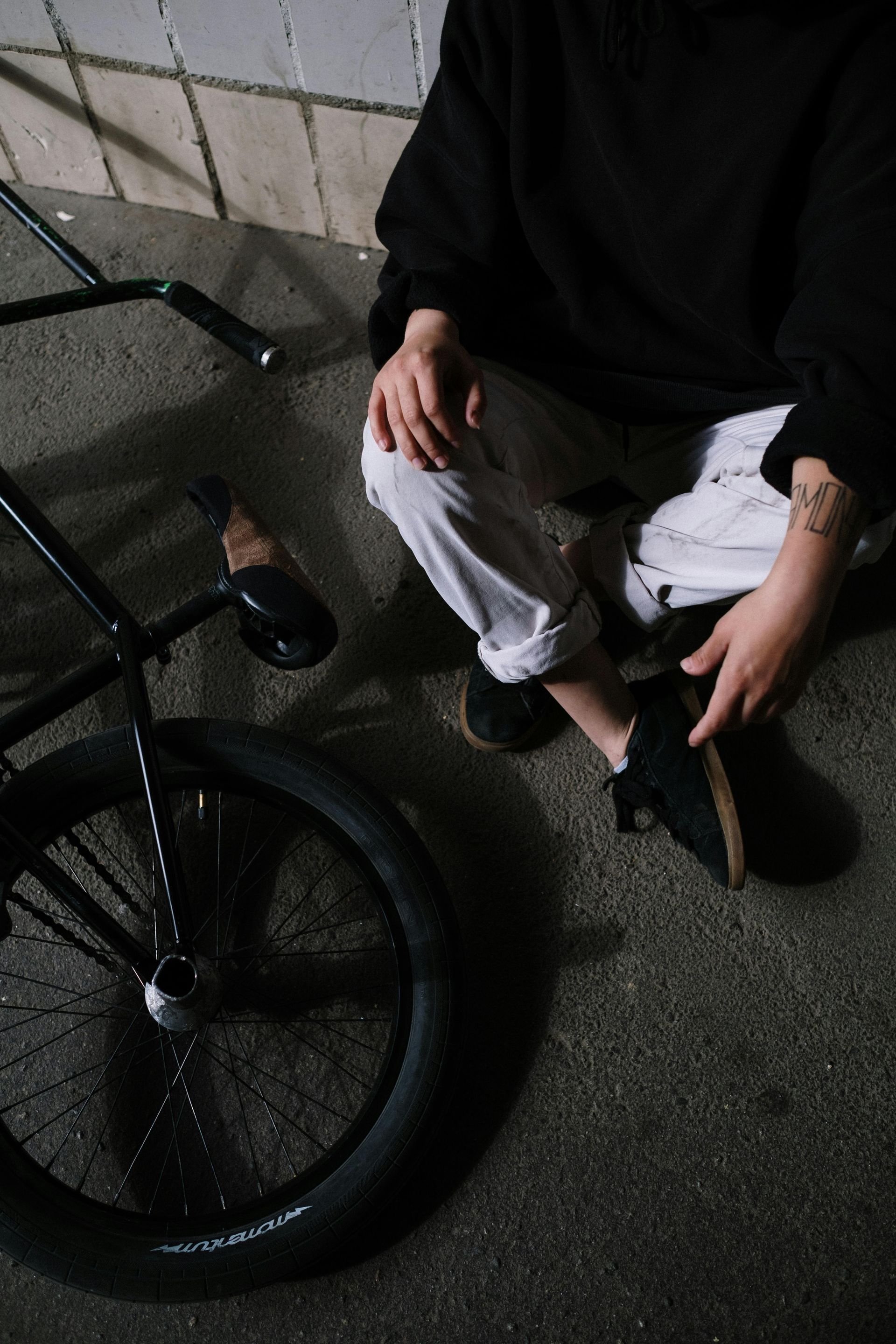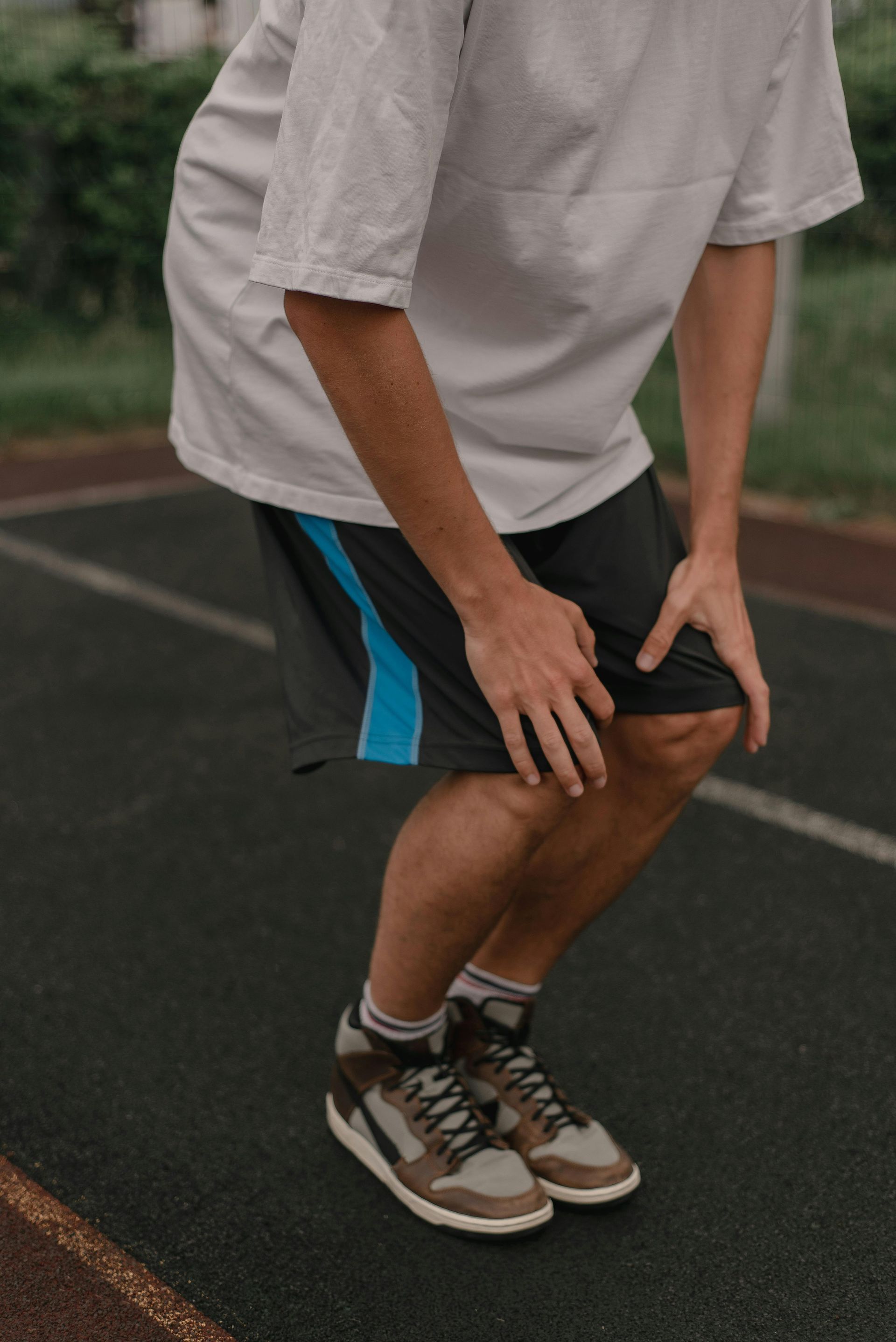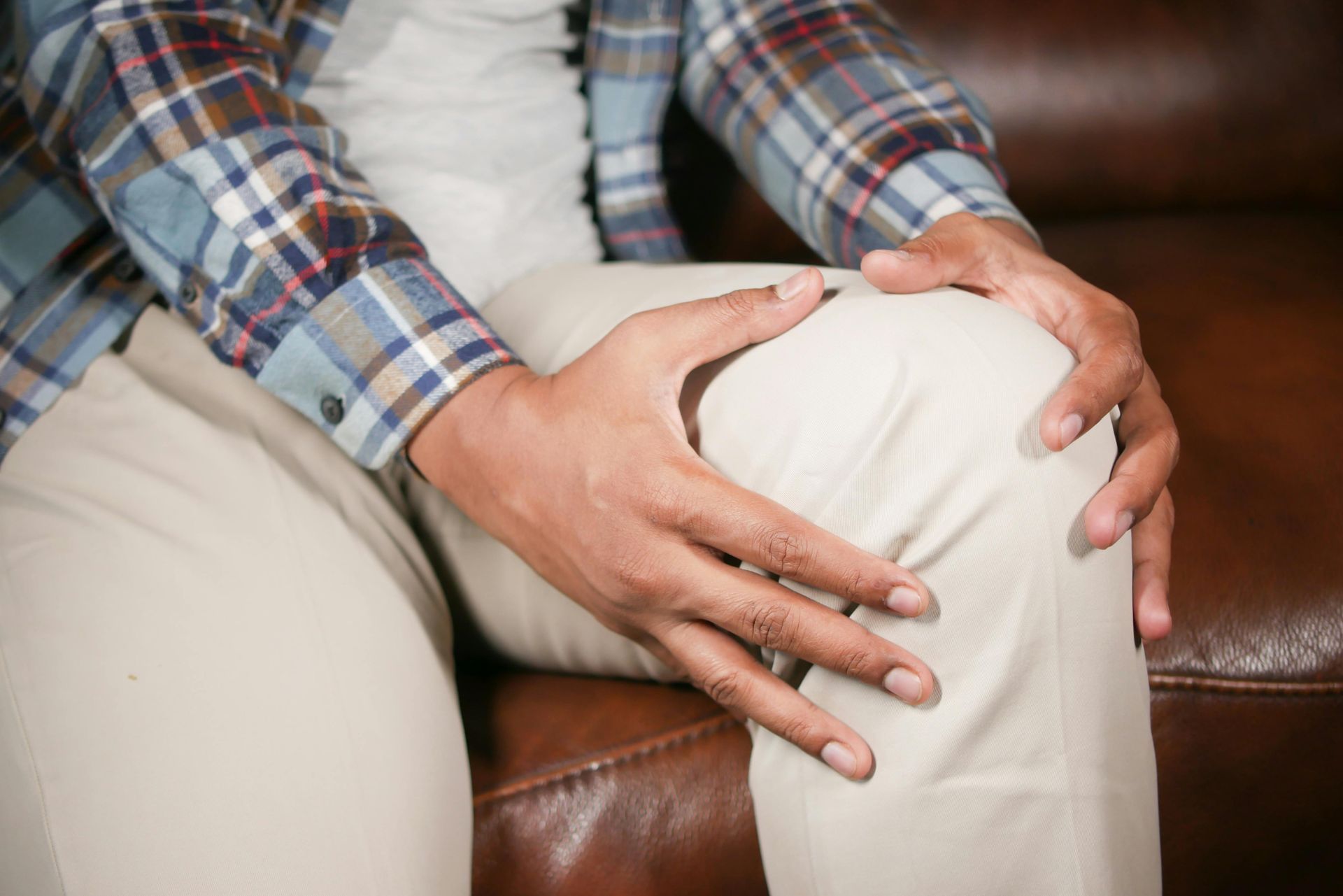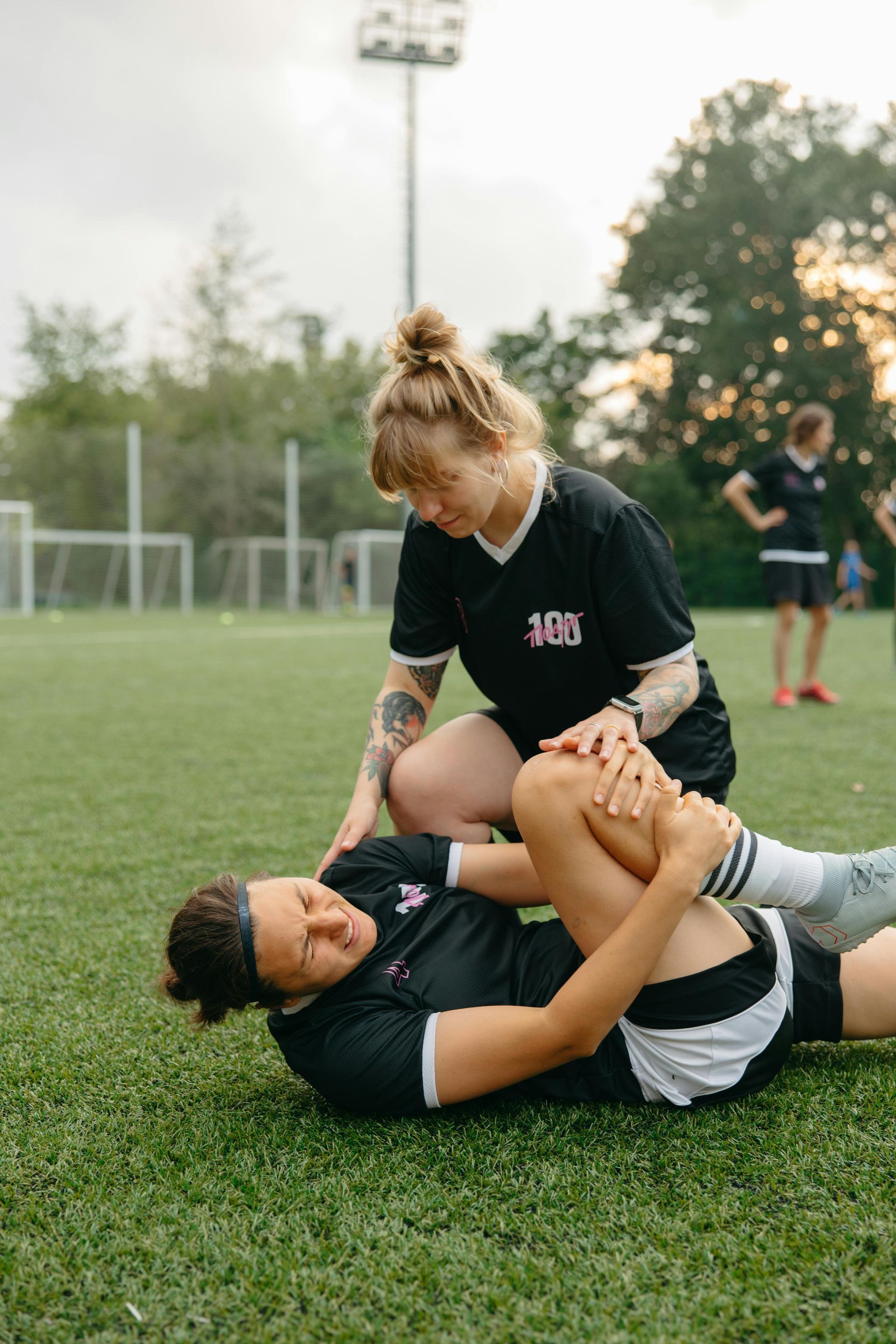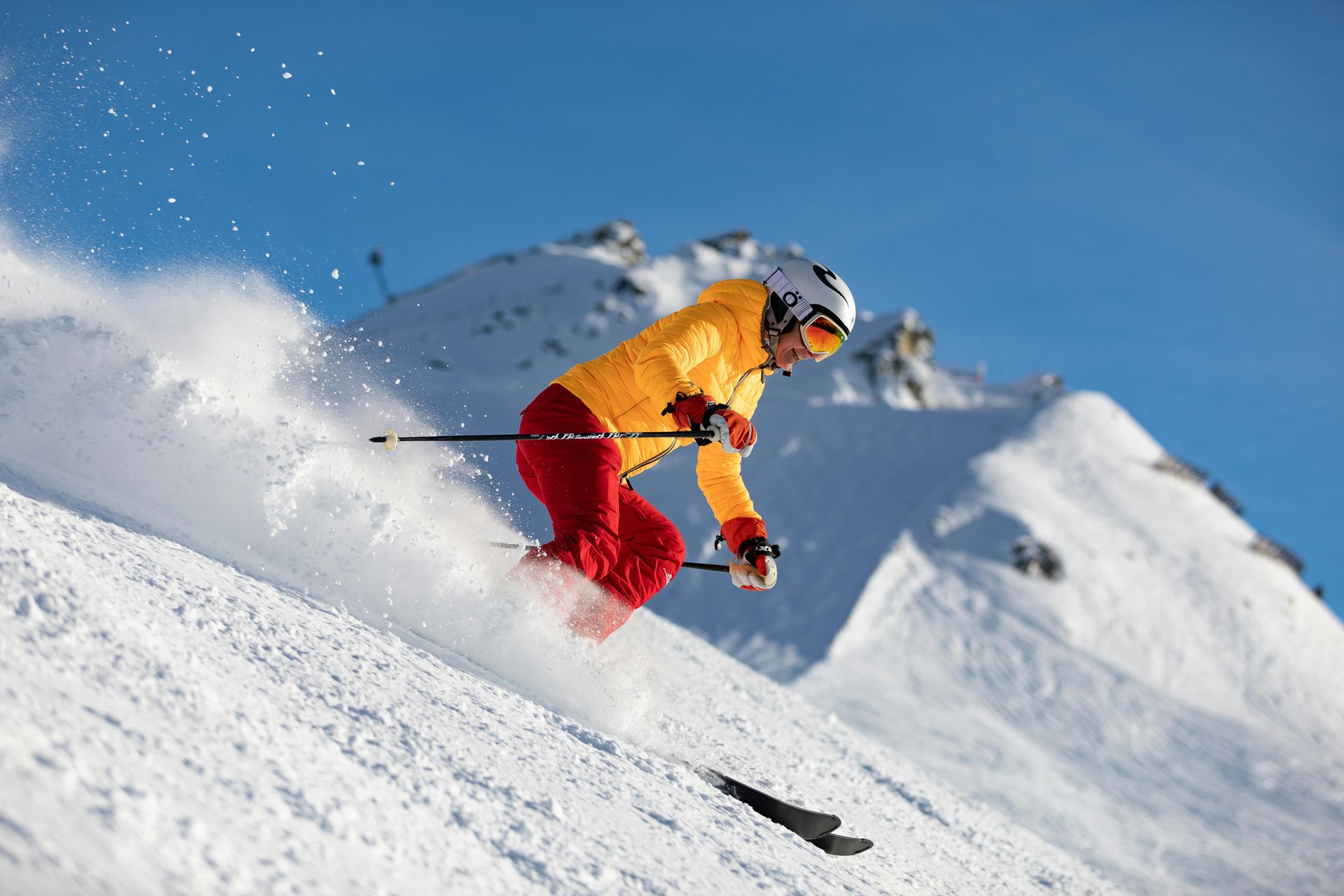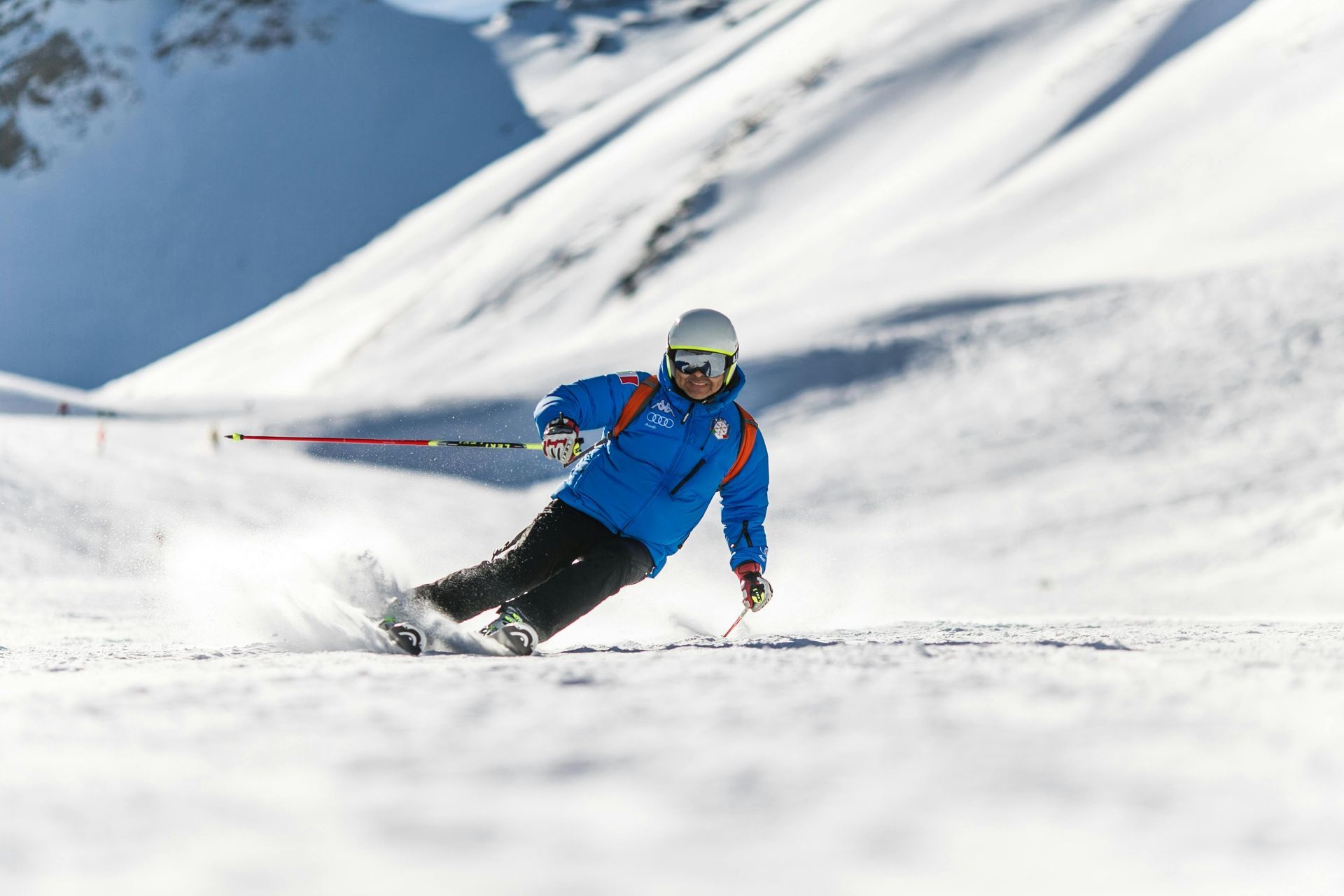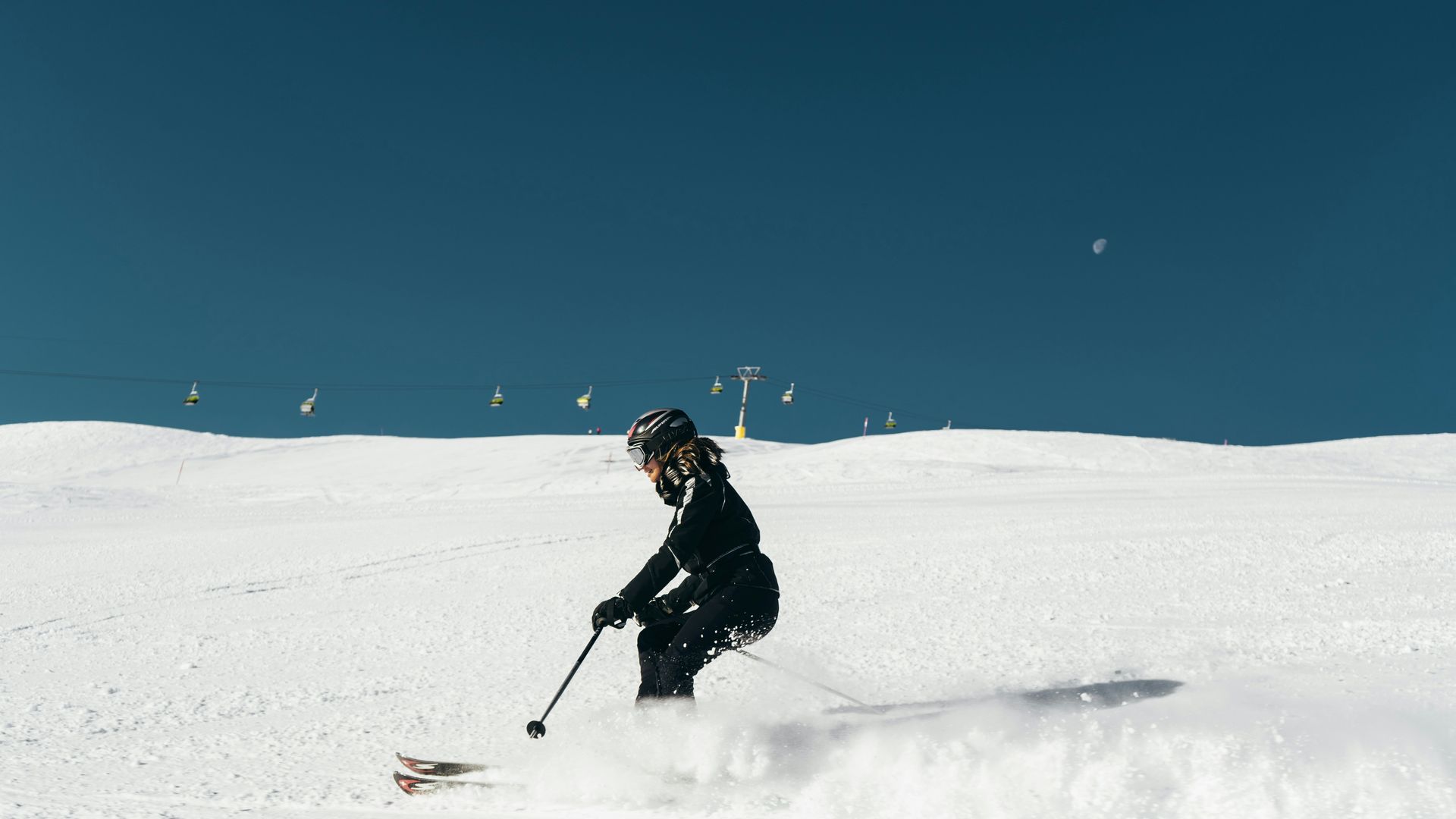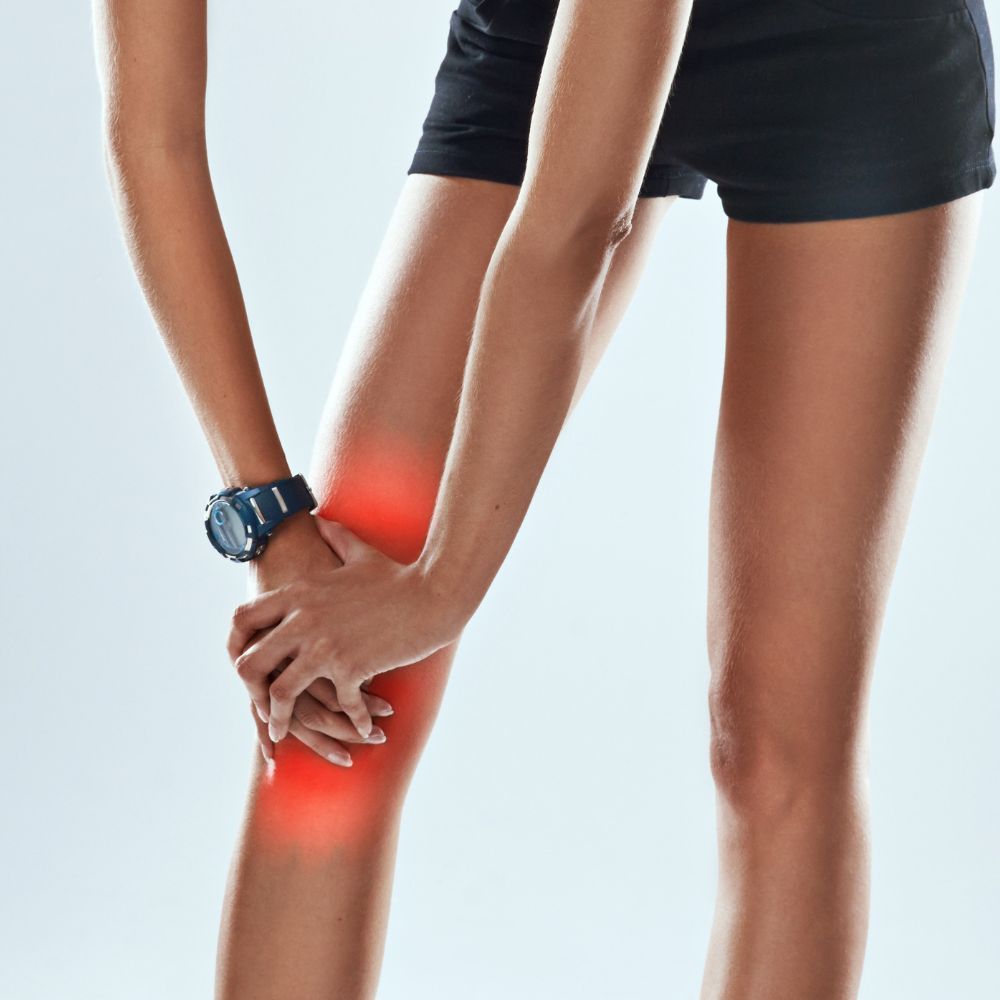A Summer of Sport
With the great British summer ahead of us, leading Yorkshire consultant knee surgeon Mr Owen Wall explores how to protect our joints when enjoying our favourite outdoor sports and advises us when to seek help.
After a long winter had turned to a wet spring, the hope for a classic British summer is on everyone’s mind. Who doesn’t yearn for long summer days filled with plenty of sunshine and dry weather? As we all know, a British summer is often used as a euphemism for a wash out, but without those showers we wouldn’t be able to enjoy such fantastic Yorkshire countryside. As the days grow longer and evenings lighter, there is once again the opportunity to re-engage with those quintessential summer pastimes that are so ever popular in our region.
The reassuring sound of leather on willow, the rhythm of baseline returns, the quiet hush before the thwack of club against ball. Cricket, tennis and golf are all popular summer sports and a healthy way of enjoying the great outdoors with friends and family. If you are keen to start playing, how can you maximise your enjoyment without incurring injury or problems to your knees?
Well, the classic advice of doing some gentle stretching and warm-up exercises pre-activity is always a good start. Stretch and activate those muscles which you’ll use most frequently in order to provide them with maximum protection. Stretching thighs and calves and doing some rotatory torso warmups to activate your core will ready your body for the challenges ahead. Tennis, golf and cricket all provide plenty of opportunity for rotation of bodyweight about the knee, so it’s important to anticipate these movements which will help minimise the risk of injury. Should you be unfortunate enough to develop problems with your knees, first apply the RICE principles (rest, ice, compression and elevation). Perhaps try a graduated, gentle reintroduction into your activities to gauge whether the issue has resolved, and if so, slowly increase your demand while keeping a careful eye on how your knee responds. If you find that after a short period of time this does not improve the situation, then you may of course need professional help.
Sports knee injuries are a particular specialist interest of my professional expertise. I help all patients from keen sporting enthusiasts through to elite world-class athletes. Providing you with an expert opinion and diagnosis can go a long way to helping you understand why you may have developed the issues and what methods you can undertake to correct the underlying causes and help treat the current problems.
Access to rapid diagnostic imaging, along with the help and assistance of expert physiotherapy teams, will give you options regarding such treatment. Working closely with the two leading independent sector hospitals in the Leeds area (Spire Leeds Hospital and Nuffield Health Leeds Hospital) will also give you fantastic access to surgical treatment facilities should you need.
To seek expert advice concerning your knees, visit Leedskneeclinic.com, or call Mr Wall’s secretary, Elaine Ingham on 0113 388 2009 where you can discuss your requirements for an outpatient appointment.

